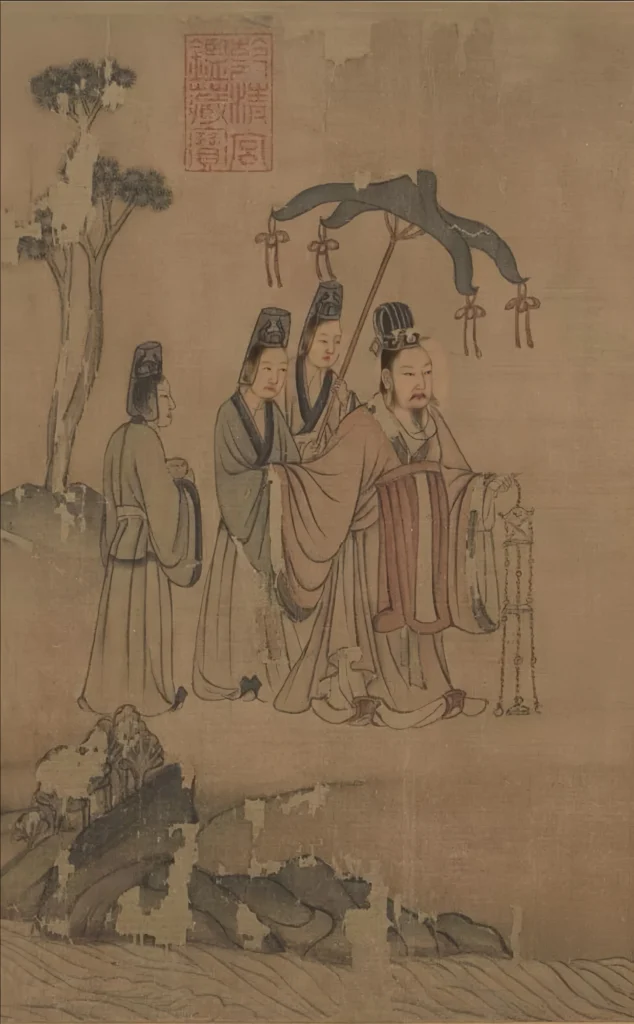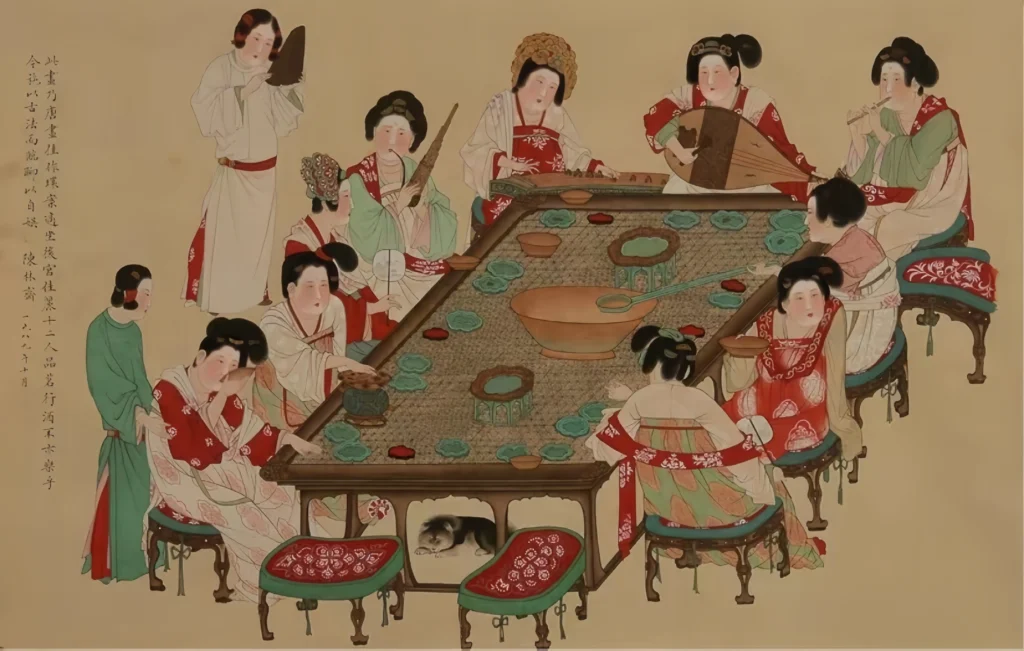Why Is Wei-Jin Hanfu So Controversial?

Among Hanfu enthusiasts, one topic has always sparked heated debate and remains contentious: Does Wei-Jin style belong to Hanfu? The Wei-Jin style is a hotly debated subject among Hanfu lovers. Its ethereal, flowing aesthetic, perfect for stunning photos, has won many fans. However, some argue that Wei-Jin style is a modern invention and not true Hanfu. So, where did Wei-Jin style come from, and does it qualify as Hanfu? Let’s dive in and explore.
Wei-Jin Hanfu’s poetic and loose designs spark debate among enthusiasts, yet they remain integral to Hanfu’s rich history. Want to dive into their cultural significance? Discover more!
The clothing of the Wei, Jin, and Southern and Northern Dynasties (220–589 CE) is known for its natural, carefree elegance and delicate, airy charm. Han Chinese men in the Wei-Jin period typically wore shan (jackets) with wide, open cuffs free from tight constraints. Han Chinese women’s clothing built on Qin and Han traditions with improvements, generally featuring a fitted upper garment—such as a shirt, jacket (ao), or short jacket (ru)—paired with a long skirt. The style was characterized by a slim-fitting bodice, wide sleeves, and multi-pleated, floor-length skirts with loose hems, reflecting the era’s love for natural beauty, freedom, and uninhibited expression.

The Wei-Jin period continued Qin and Han traditions, evolving through the Three Kingdoms era with mutual influence and gradual fusion among ethnic groups. During this time of complex ethnic relations, northern regions saw the interplay between the “Five Barbarians” (Wu Hu) and resident Han Chinese, leading to a mix of “Hu-ization” in the north and gradual “Han-ization” of non-Han groups. In the south, northern Han Chinese who migrated southward blended naturally or forcibly with southern Han and local groups like the Yue and Liao, also a form of “Han-ization.” This cultural fusion inevitably introduced non-Han elements into clothing, so while Wei-Jin attire isn’t always purely Hanfu, dismissing it entirely as non-Hanfu is incorrect.

Modern merchants have marketed a series called “Wei-Jin Spirit” or simply “Wei-Jin style,” a misleading name that often lacks true Wei-Jin characteristics. Many modern Wei-Jin style outfits consist of a ruqun (jacket and skirt) or a base layer of a middle garment topped with a wide-sleeved shan (jacket), featuring a loose, cross-collared design. Some argue that slightly larger sizes, longer sleeves, airier fabrics, and plainer colors define the so-called Wei-Jin style. Others claim it’s a fabricated “photo studio” costume, not authentic Hanfu.
The Wei-Jin era was perhaps the most carefree and authentic period in ancient China, and its clothing reflected the spirited, principled nature of its literati. The online debates may stem from people arguing over different interpretations of the term. So, is Wei-Jin style a fashion aesthetic, a specific clothing form, or both? The controversy persists. While Wei-Jin Hanfu styles are indeed supported by historical evidence, many modern “Wei-Jin style” designs are more akin to a fashion trend inspired by Song Dynasty men’s clothing. Still, by examining the Hanfu forms of the Wei, Jin, and Southern and Northern Dynasties, we can catch a glimpse of the traces left by history.
The Wei-Jin style’s naturalistic approach continues to captivate Hanfu lovers.Click here to learn more about Wei Jin Dynasty Clothing.





